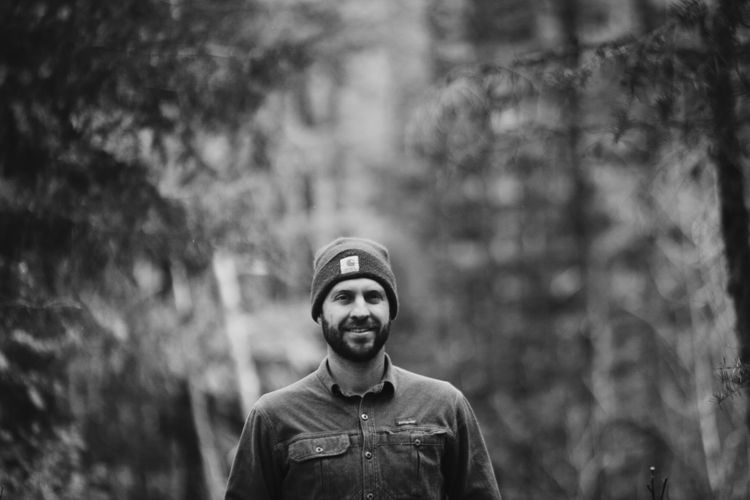Book Review #1: Move Your DNA
Move Your DNA: Restore Your Health Through Natural Movement
By Katy Bowman
Every once in a while I read a book that completely changes the way I view an aspect of health.
Ask any doctor interested in holistic medicine and they’ll encourage you to focus on three modifiable lifestyle factors: eating, managing your stress, and exercising.
To be honest though, I rarely dive into the world of exercise research because it's daunting to try and find a one-size-fits-all model of how to work-out. Should I start with high-intensity interval training to build endurance, or running to get that high, or lift weights to build strength? Or (last one I promise) should I just plank for an hour to strengthen my deep core muscles and try to prevent future back injury?
Move Your DNA, by biochemist Katy Bowman, tackles this problem and comes up with a simple solution that I believe is applicable to everyone: just move more.
THE PROBLEM
We know, we know. It's important to get 10k steps per day and go to the gym as much as possible. But how sustainable is the must-go-to-the-gym mindset if you don't really enjoy going to the gym? I'll free you from the burden and tell you that it's not sustainable at all.
I recently heard a personal trainer say that the people who go to the gym past January 31st are the ones who actually enjoy the experience of exercising in a gym. If that's you, then good on ya, keep up the good work.
But, those of us who don't like the gym likely won't develop a reliable exercise regiment. I'm guessing this mindset extends to all forms of exercising too, including yoga, running, and biking. It's nearly impossible to form a healthy habit out of something you genuinely don't want to do.
So, if exercising at the gym isn't for everyone, even though our society really pushes it, then how are we supposed to hit the 150 minutes per week of moderate exercise (or 75 minutes of vigorous exercise) that the American Heart Association recommends?
THE SOLUTION
Move Your DNA suggests you exercise less, move more, and move better.
Think about that one for a sec. Katy doesn't want you to exercise for the sake of exercise. She wants you to get up off that chair, and use as many different muscles in as many different ways as you can.
What she's saying is that the way you move is just as important to your physical well-being as how often you do it. I love that. She isn't advocating for traditional "exercise" as we know it, but rather different movements made many times throughout the day. That gets rid of the excuse of not making it to the gym today and instead gives you endless options of ways to use your different muscles. Take the stairs, hang from monkey bars in the park, walk downhill, stand on one leg, use different pedals on your bike, run barefoot.
THE SCIENCE
We live in a society that prioritizes convenience, a good thing to a degree, but it eliminated many daily movements that helped our bodies evolve. We’re not squatting to cook anymore and we drive cars.
One of Katy's most radical suggestions is that, just like food, movement is not optional, but rather a key component for your body to function properly. Movement, in other words, is medicine.
Each movement you make, from sitting to running to hopping scotch, places a load on your various organs. A better way to think about movement then, is the sum of these weight-bearing loads experienced at a cellular level. Katy argues that these loads are what we’re talking about when we relate movement to improving the shape of your body.
And what happens to muscles that don't experience loads, or muscles that experience repetitive loads? They waste away, or they grow disproportional to surrounding muscles.
Big picture: the movement, the position, and the resting state of your bones and muscles each influences your physical shape and thus your ability to move more.
TAKEAWAY
Movement, not exercise, is a better way to think about what your cells need to take shape and increase their carrying capacity.
From dancing to planking, find what motivates you to move and stick with it.
This book influenced the way I move throughout the day, improved the way I stand (my wife lovingly said I had duck feet), but also made me retrain my thought patterns on why I'm moving in the first place. It's been refreshing to mix things up with longer walks, bike rides, and of course, planking.
The foreword of Katy’s book is written by explorer Jason Lewis, who is the first person to circumnavigate the Earth by human power. It was a 46,505-mile adventure. You would think that this guy has physical capabilities that you and I just weren't blessed with at birth. He argues this just isn't so. He simply decided to move more and then let his body adjust to his mind's decision.





Member discussion